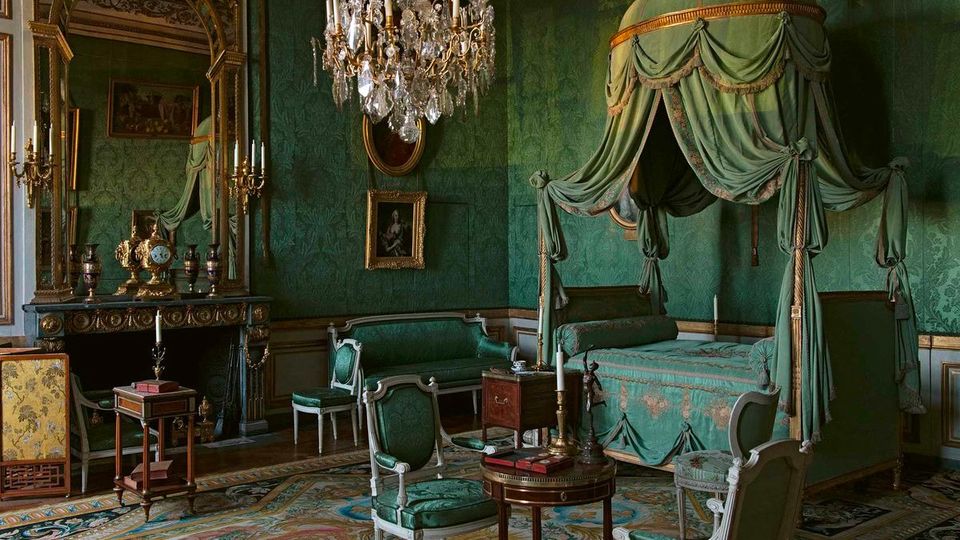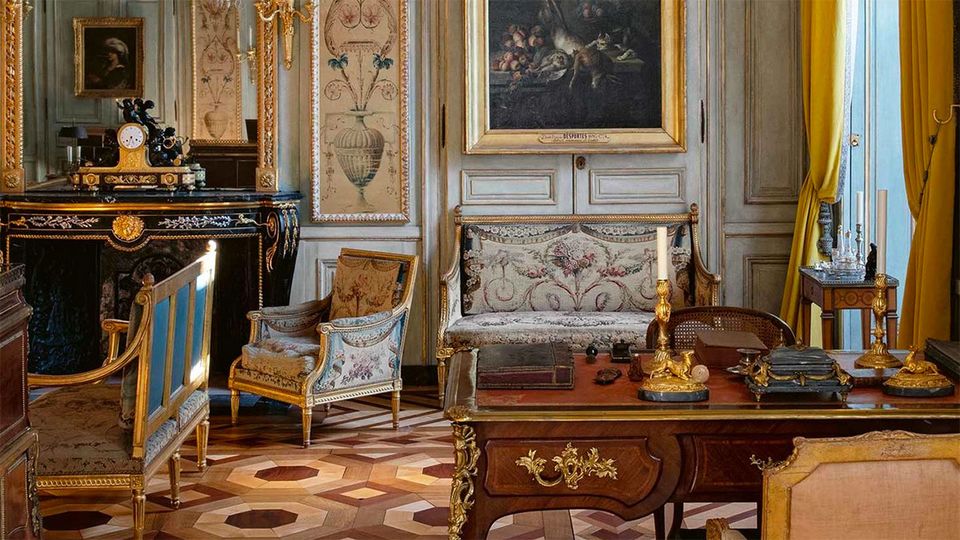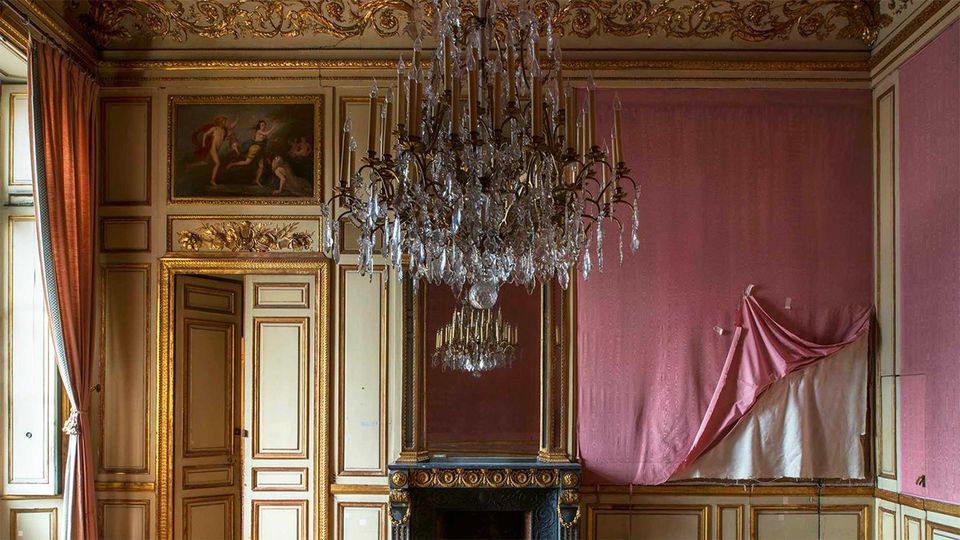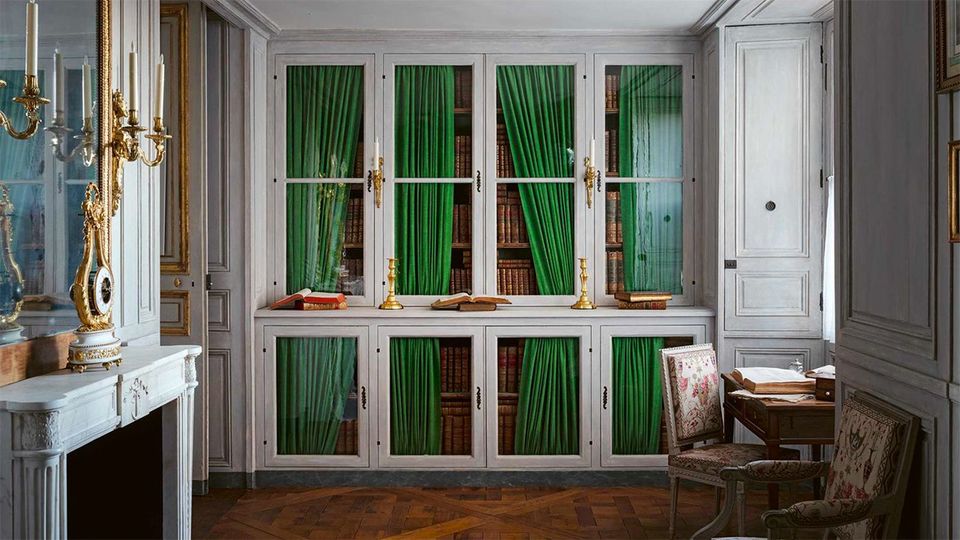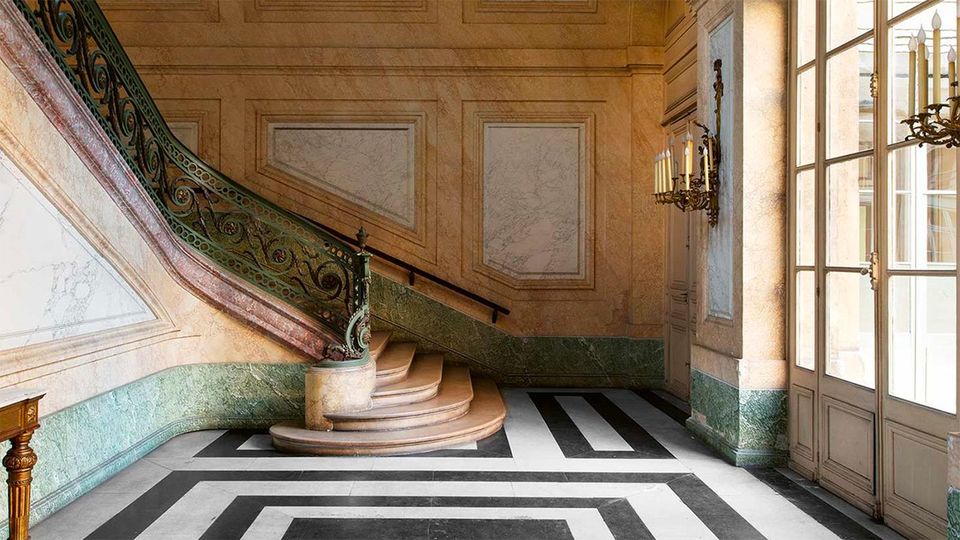Step inside the most exquisite hotel in Paris
Restored after more than 200 years, the Hôtel de la Marine is the city’s newest must-see.
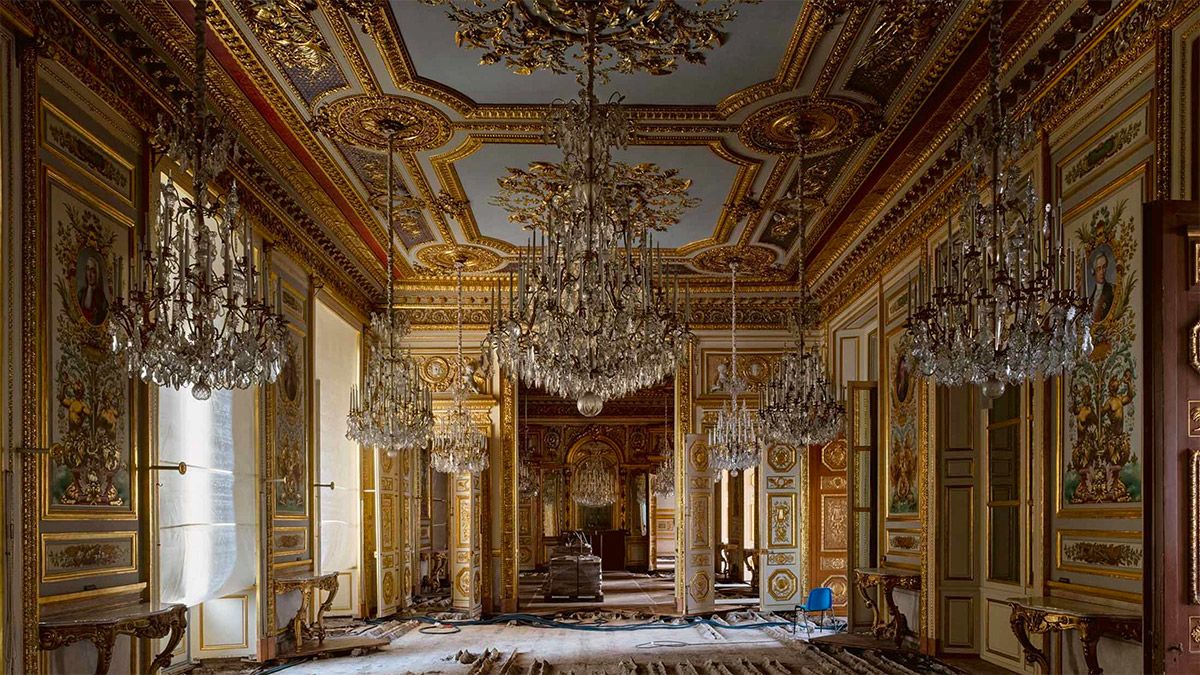
First-time visitors to Paris will invariably check-off a series of boxes: the Louvre, the Luxembourg Gardens, perhaps a day trip to Versailles, if they have the time.
Each is a relic of France’s pre revolutionary ancien régime, and each, in its own way, has been rebuilt or reconstructed over the past few centuries into some approximation of what it was like before France overthrew the Bourbon monarchy in 1789.
But there’s another building: The Hôtel de la Marine on the Place de la Concorde reopened last year after a four-year restoration, and is arguably a more complete representation of 18th century design than anything else in Paris.
Finished in 1775 from designs by Ange-Jacques Gabriel, official architect to King Louis XV, the building was intended to be the repository for state treasures.
After the French Revolution, it became the headquarters of the French Navy, a transition that directly impacted the preservation of its original interior.
“During the revolution, there was the desire to change out all the people who’d been in charge, namely the aristocracy,” says writer Jérôme Hanover.
“But at the time, France was waging war against basically everyone in Europe, and they desperately needed well-trained, credentialed people to run the armies.”
Given that only aristocrats had been allowed into elite military academies before the revolution, it meant, in rough terms, that to win the war, revolutionary leaders kept aristocrats in charge of the military.
So even as people were removing symbols of the monarchy in buildings around the country, the leaders of the Navy “didn’t want to take everything down or destroy or damage those symbols, because they were both part of the past world and the newly coming one,” Hanover says.
Starting in 1798, the French Navy occupied the building for two centuries, during which doors were painted over and walls were erected, but little was actually removed or destroyed.
Now, in a new book, The French Royal Wardrobe: The Hôtel de la Marine Restored, ($85) with text by Hanover and Gabriel Bouret, the public can witness the building’s transformation after the Navy vacated the premises.
Thanks to a €130 million ($146 million) infusion of cash, France’s Center for National Monuments was able to uncover and then restore the building’s lavish 18th century interior.
There was a massive bureaucracy to handle the personal belongings of the king and his family. As they moved from palace to palace, their decorative arts and furniture moved, too, and this required immense amounts of coordination. And storage space.
“The building was constructed for two very different things,” Hanover says. “The first is the administration of the royal wardrobe (the decorative arts and furniture), and the second was as a form of soft power, to demonstrate to people the wealth of the king and the power of the kingdom and its impact on European culture and art.”
As such, after the building was completed, the public was allowed to visit once a month to view everything from ceremonial armor and exquisite tapestries to delicate Sevres porcelain and chairs and desks inlaid with precious wood and stones.
It was also the repository for France’s crown jewels. In 1792, after the monarchy fell, a motley band of thieves executed one of the most famous jewel heists in history, carting off nearly all the jewels, which included some 10,000 unmounted diamonds.
“After a big police investigation, they found almost everything,” Hanover says. The rest, including what became known as the Hope Diamond (heavily cut down from its original size), was smuggled into England and sold.
“Unfortunately for the furniture,” it was even worse than the jewels,” says Hanover. That’s because some of the furniture stayed in place, but most of it was burned. “When you burn the furniture, the wood disappears, and you can have all the metal back—and the metal was precious,” he explains.
What did remain, conservators discovered, was everything that couldn’t be moved.
“When they started the restoration project, they realized that all of the 18th century decor was still there, either behind layers of paint or behind panels,” Hanover says.
“I find this story very funny: there was a small kitchen for someone who was very important in the Navy, and it was covered in stainless steel. And when they removed the steel, they discovered just absolutely amazing 18th century woodwork.”
Because this building was constructed as a showcase for France’s decorative arts, the decoration was on par with, and even surpassed, that of Versailles.
“It’s a very, very unique example of the king’s decor,” Hanover says. “In all of the palaces, a lot of things were destroyed. So here allows us a very scientific approach, and it helps us to understand the techniques of the period.”
“Most important,” he continues, “we don’t have other things like this, with the same level of refinement, in France.”
The restoration of the main spaces began in 2017. €80 million for the project came from a bank loan, which will be repaid from rent earned from offices in the building’s upper and ground floors. €10 million were donated by the state, €20 million came from donations and other grants, and €20 million came from advertising on the building’s facade during its restoration.
Visitors to the building pass through an extraordinary, sweeping staircase to enter the revived apartments of Marc Antoine Thierry de Ville-d’Avray, the intendant-general of the wardrobe until his violent murder in 1792.
The rooms have been staged as if the residents are still there – or just left for the evening. The true magic of the place, Hanover says, is that everything is exactly as it was.
“There was no room for imagination,” he says, “because they knew precisely where the belongings were – because the very purpose of the wardrobe was to take an inventory of it all.”
The last inventory – conducted just before the revolution – included descriptions of the scenes pictured on the textiles, the weight of the jewels, and how and where the pieces in the exhibition rooms were arranged. Even the molding on the walls was documented.
“I believe it’s now impossible for any specialist to tell which parts of the restored interior are original 18th century and which parts were created during the restoration,” says Hanover.
“I think it’s not possible. Or at least, I can’t tell.”
This article is published under license from Bloomberg Media: the original article can be viewed here
